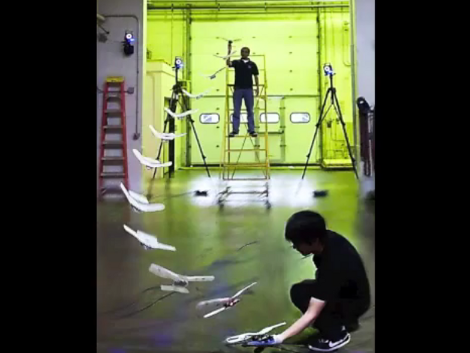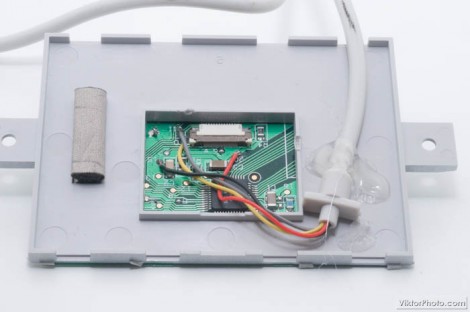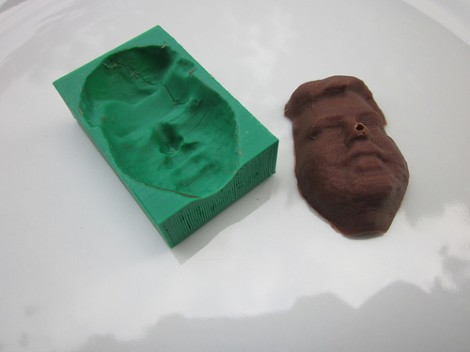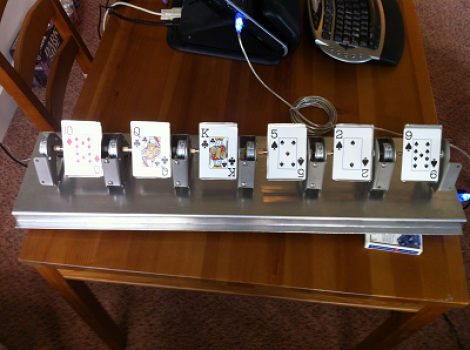
It doesn’t have four rotors, but this advanced-glider is every bit as impressive as the most complicated of quadrotor offerings. It’s the first glider that can successfully perch on your arm. We can’t help but think back to the owl in the original Clash of the Titans movie.
The team at the Aerospace Robotics and Control Lab of the University of Illinois at Urbana-Champaign is happy to show off the test flights they’ve been conducting. We’ve embedded two of them after the break which show the unit landing on this person’s arm, and on the seat of a chair. The image above shows a montage of several frames from the flight, and gives us a pretty good look at the articulated wings. You can seen them both bent in the middle of the flight to zero in on the landing zone. In addition to this there are flaps on the trailing edge of the wings and tail. The flight path is a bit wandering since the glider has no vertical tail to stabilize it.
Now if they can make it harvest power from overhead electrical lines they’ve got a spy-bird which can be dropped from a plane (or from a drone).
Continue reading “Robotic Falconry: Winged Unit Lands On You!”














